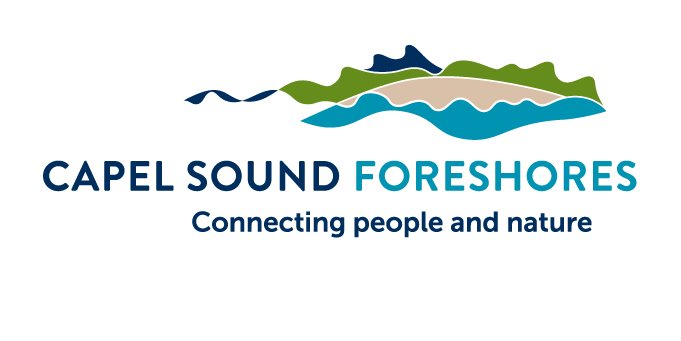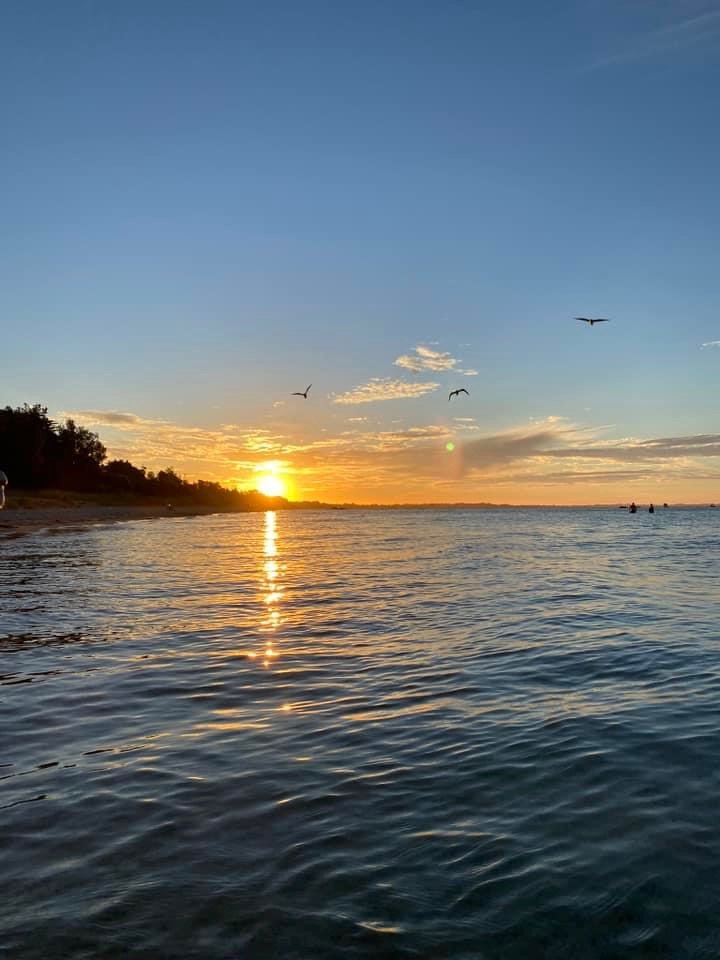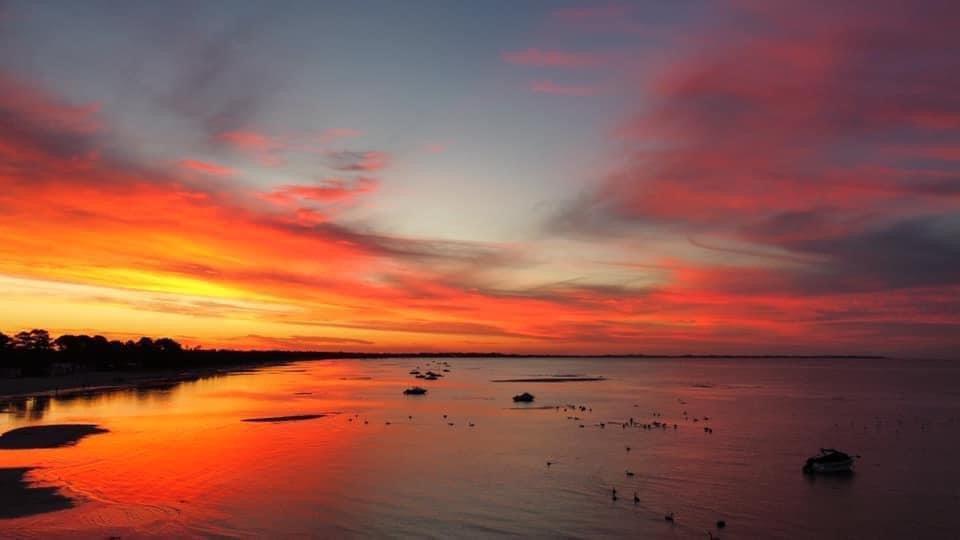NAIDOC Week
Which country are you on?
This week is NAIDOC week. NAIDOC stands for National Aboriginals and Islanders Day Observance Committee. This week is an opportunity for all Australians to learn about First Nations cultures, history and achievements of the oldest, continuous living culture on earth.
Click here to explore the ‘Welcome to Country and Acknowledgments Map.’ This map will help show what Country you are on and give you the ability to explore and learn about the deep connection the Traditional Owners have to these lands.
Below is a brief history of Capel Sound Foreshores. This information can be found here in our ‘Flora & Fauna Report 2022 by Malcolm Legg.’
Capel Sound Foreshores reserve falls within the traditional lands of the Aboriginal territory of the Bunurong/Boonwurrong clan of the Kulin Nation. Prior to and post European settlement the site was and is an important area to the Bunurong/Boonwurrong people, with high cultural evidence found throughout the greater area, The Bunurong people may have been the first to make contact with those Europeans who had accompanied Captain David Collins (1756- 1810) in the establishment of the ultimately unsuccessful settlement at Sorrento in 1803.
Early writers observed that animal skins were used as clothing by aboriginal people, possibly because of the climate, and that they built mia-mias for shelter and had a number of semipermanent camp sites. Some of these were known to have been near Arthur’s Seat, on Portsea Downs Estate, Portsea and close to the intersection of the Flinders and Cape Schanck Roads, Flinders. As a consequence of contact with Europeans, infectious diseases were primarily responsible for the disappearance of aboriginal people from the region and by 1856, few if any members of the Bunurong people remained on the Mornington Peninsula.
From the mid-1800s the Mornington Peninsula was cleared of its indigenous vegetation from the ridges down to the coast and pastures were created throughout. More recently indigenous vegetation has returned to 18% and weeds have colonized at most sites.
Post clearing and the introduction of cats and foxes, soon led to the demise and extinction of many fauna species across the Nepean and Mornington Peninsulas such as Long-nosed Potaroo, New Holland Mouse, Dingo etc. Recent fauna extinctions within the foreshore reserve and surrounding areas have and are still occurring and include some of the following: White-footed Dunnart, Eastern Pygmy Possum, Feathertail Glider, etc.


